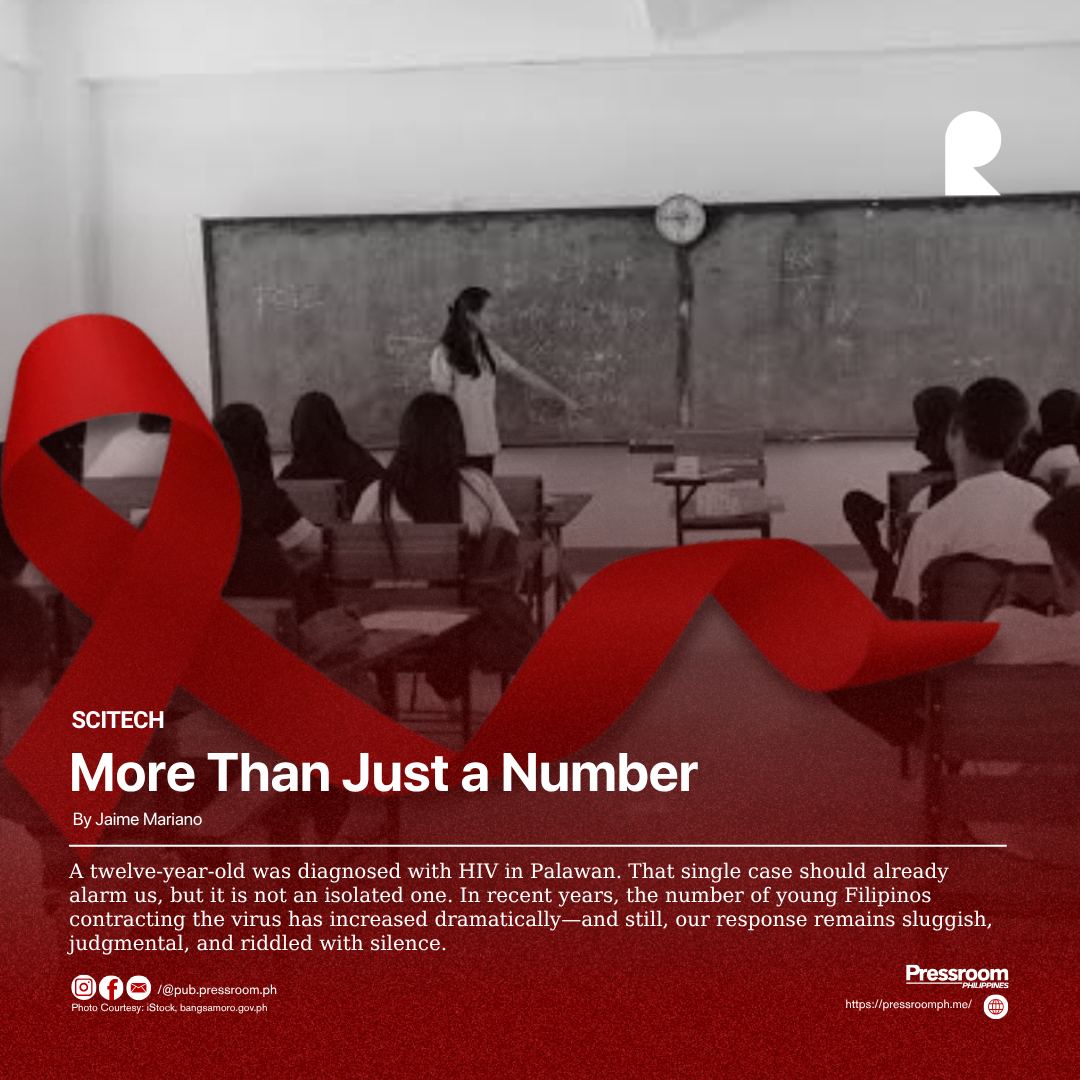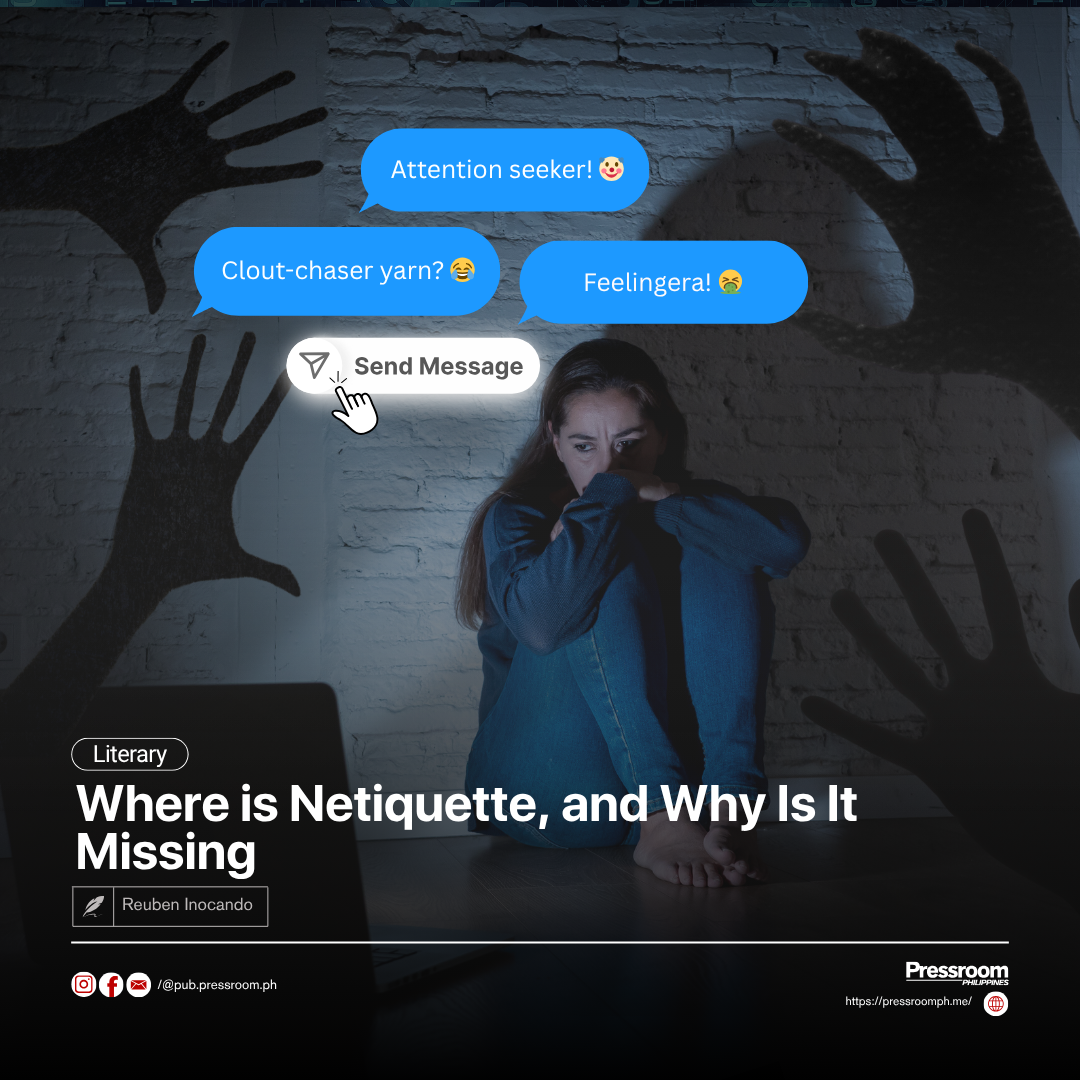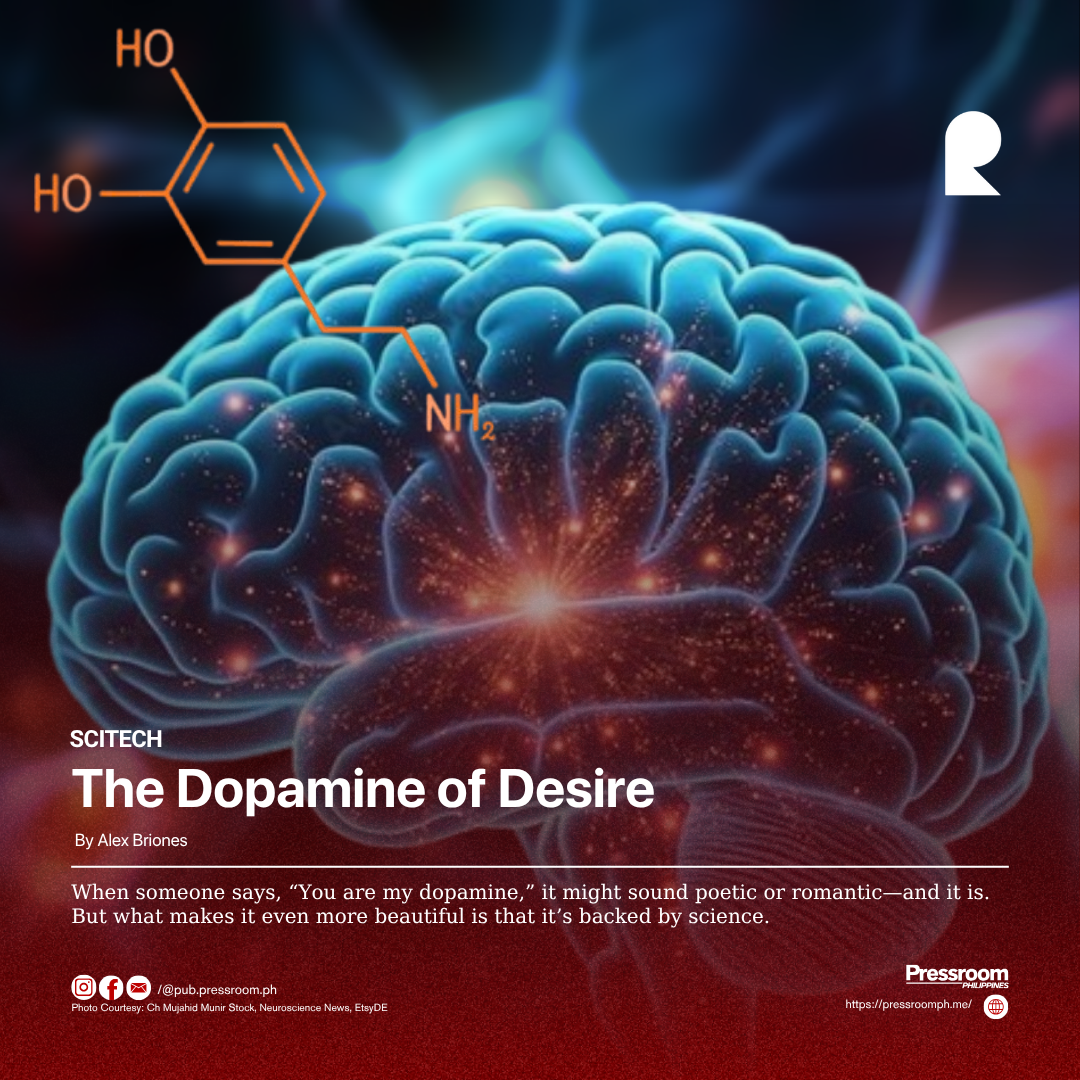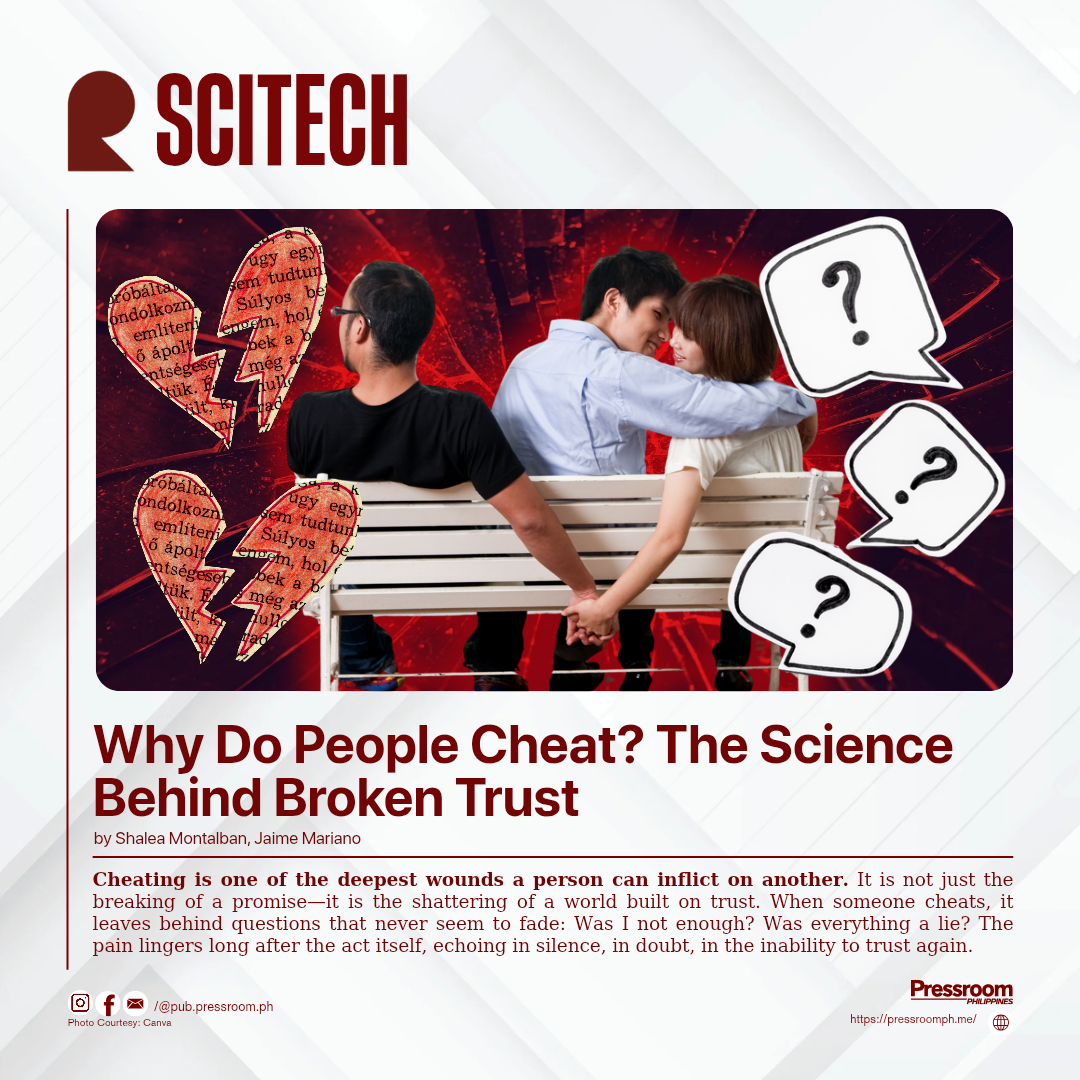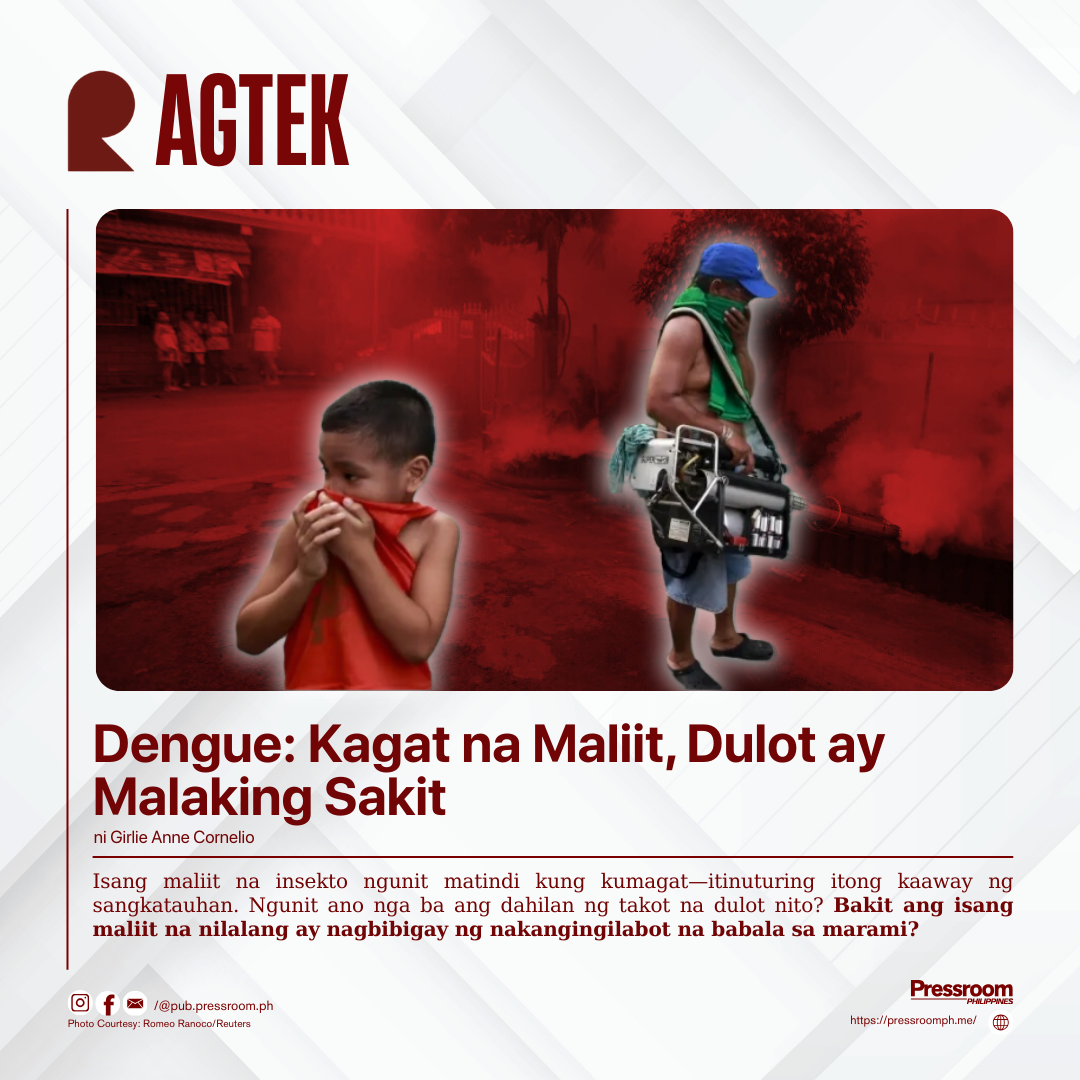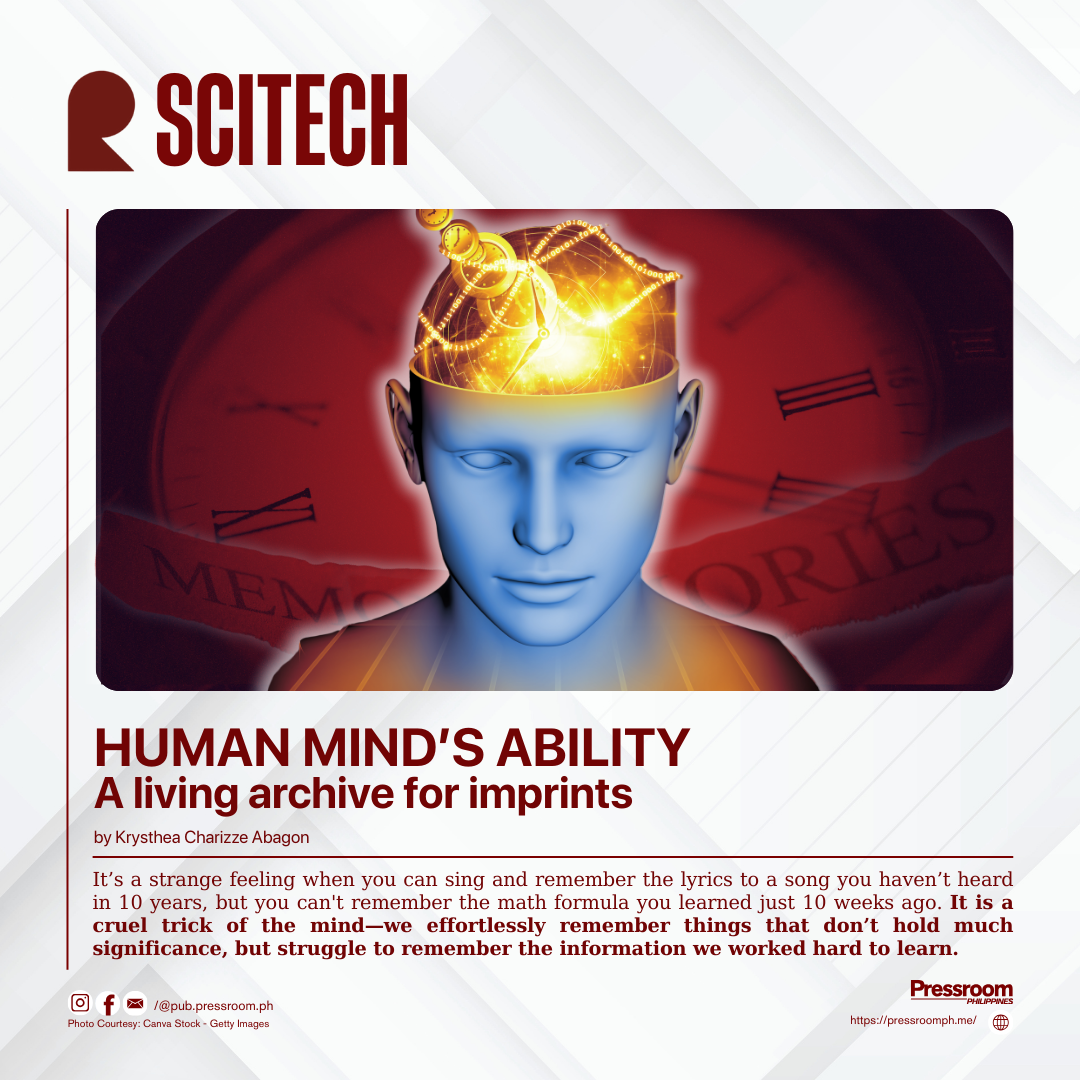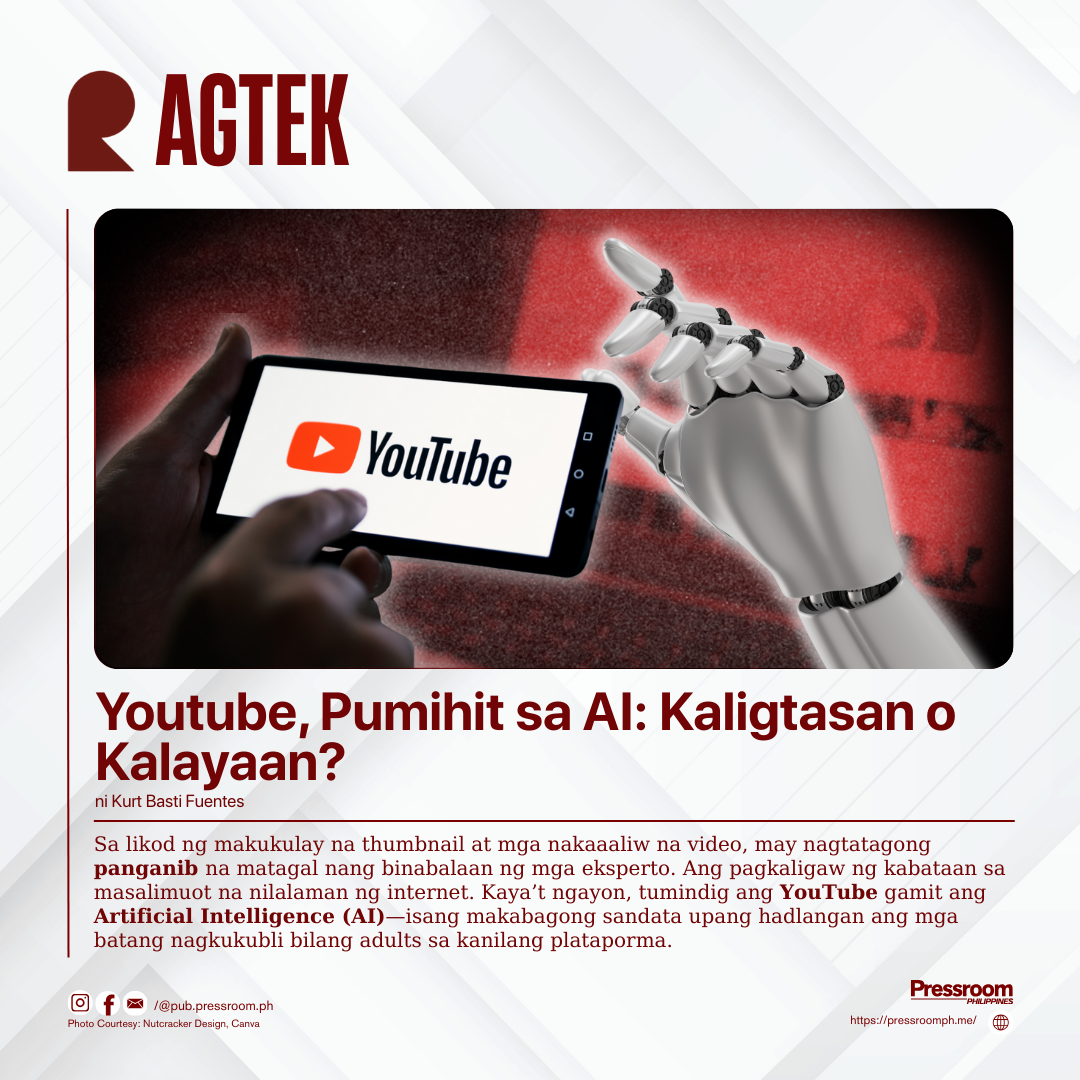A twelve-year-old was diagnosed with HIV in Palawan. That single case should already alarm us, but it is not an isolated one. In recent years, the number of young Filipinos contracting the virus has increased dramatically—and still, our response remains sluggish, judgmental, and riddled with silence.
According to the Department of Health, HIV cases among Filipinos aged 15 to 24 have surged by over 500%. The Philippines now holds the highest number of new HIV infections in the Western Pacific Region.
This trend is not just tragic; it is preventable. We have the knowledge, medical tools, and education strategies to curb this epidemic. What we lack is the collective political and cultural will to talk openly and responsibly about sexual health.
HIV, or Human Immunodeficiency Virus, attacks the body’s immune system, weakening its ability to fight infections. If untreated, it may develop into AIDS (Acquired Immunodeficiency Syndrome), a condition in which even common illnesses become fatal.
However, decades of medical progress have changed the landscape. Antiretroviral therapy (ART) can now suppress the virus to undetectable levels, allowing people with HIV to live long and healthy lives. Furthermore, preventive measures like condoms and pre-exposure prophylaxis (PrEP) are highly effective in reducing transmission.
Yet despite the availability of science-based solutions, stigma continues to thrive. HIV is not spread through casual contact—hugging, sharing utensils, or even using the same toilet do not pose risks. The virus is transmitted primarily through unprotected sexual contact, needle sharing, mother-to-child transmission, and, in extremely rare cases today, through unscreened blood transfusion.
These facts are well-documented. Still, far too many Filipinos remain unaware or misinformed.
The root of this crisis lies not in science but in silence. Comprehensive Sexuality Education (CSE), which is supported by both the World Health Organization and UNESCO, remains poorly implemented and often politicized in the Philippines.
Critics argue that CSE corrupts the youth, promotes promiscuity, or runs counter to religious and cultural values. But evidence consistently shows that it does the opposite: it helps delay the initiation of sexual activity, promotes safer practices, and empowers young people to make informed decisions about their bodies and health.
We must confront a hard truth: silence is not innocence. Not talking about sex does not shield young people from its risks—it simply leaves them unarmed. In many schools, abstinence-only programs are still the norm.
In government, some lawmakers would rather moralize than legislate. And in homes, many adults choose discomfort over difficult, but necessary, conversations. This widespread refusal to inform has created a generation vulnerable not only to disease but to shame, ignorance, and fear.
The cost of inaction is devastating. Pride Month has just passed, and while rainbow flags waved proudly, queer youth—those statistically most vulnerable to HIV—continued to suffer in silence. The hypocrisy is glaring. We claim to protect our children, but we fail to provide them with the most basic tools for self-protection: accurate information, access to healthcare, and a stigma-free environment.
The path forward is clear. Talk to young people about sex and health with honesty and science. Equip schools with evidence-based, inclusive CSE. Normalize HIV testing. Expand access to ART and preventive treatments like PrEP. Promote the truth that people living with HIV—especially those under treatment—can live full, normal lives, and cannot transmit the virus once their viral load becomes undetectable.
We are at a turning point. We can continue pretending that discomfort is protection, or we can choose to act. The next twelve-year-old does not have to become a statistic. But that will only happen if we end the silence and start listening to the science.
Talk. Teach. Test. Repeat. If that makes us uncomfortable, we must ask ourselves: who is our discomfort really protecting?
